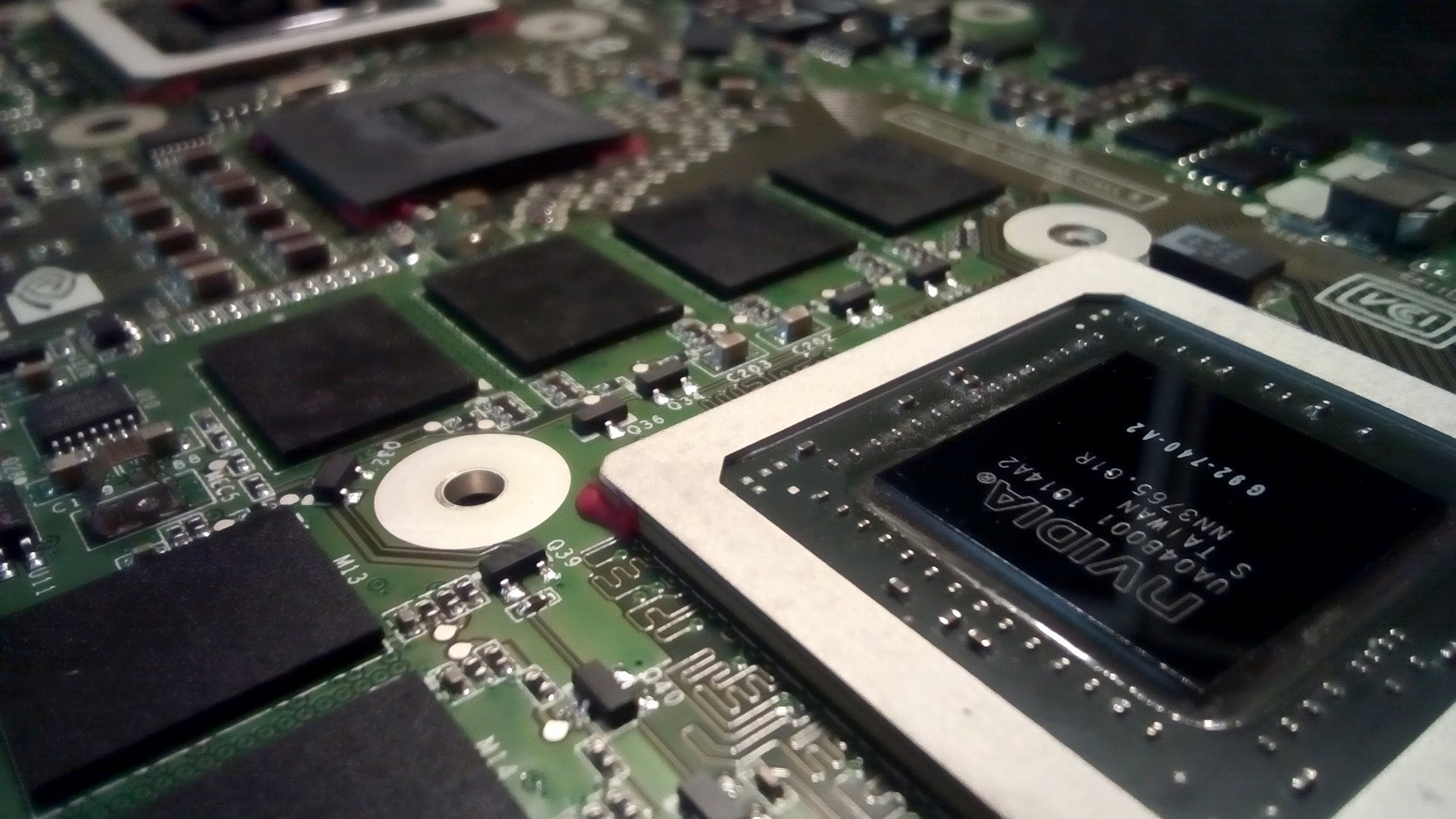Hardware
design services
indeaa Software & Hardware development company offers hardware development for electronics and embedded systems, including PCB layout. We work with a variety of processor architectures, interfaces, and memory types, implementing the latest technologies into your products for the global market.
We use state-of-the-art microprocessors and other electronic components manufactured by the global manufacturers like TI, Marvell, ST, Fujitsu, Analog Devices, Intel, Broadcom, NXP, and others. We keep track of the latest tendencies and guarantee the best cost-quality ratio for your solution.
Our services in hardware design
- schematic diagrams and PCB design
- modeling and simulation:
- PCB 3D modeling;
- Thermal simulation;
- Signal integrity analysis (SI);
- Electromagnetic compatibility analysis (EMC);
- Power integrity analysis (PI).
- JTAG-testing and microcircuit programming.
Once the project is finished, our clients receive the complete design documentation package for hardware (PCB) mass-production in compliance with the requirements of IPC.

Our
solutions
PCB design services
indeaa engineering company is ready to offer printed circuit board design services for your product. Our experience in development and manufacturing of various types of PCB – analog and digital, single- and double-sided, multilayer with expert level.
PCB Manufacturing & Assembly
At indeaa, we provide top-notch PCB production services at our production sites in Europe and Asia, as well as install & assemble devices of any complexity.
Prototypes / Samples
A prototype or test sample is a working model of an electronic device that comes as close as possible in functionality, size, and other parameters to the product that will be mass-produced.
Customer
benefits
— Lower cost of circuit board assembly and manufacturing
— Shorter production time
— Higher quality of mass-produced circuit boards
— Circuit board’s reliability and increase in the rate of acceptable in mass-production
— Testing acceptability for ICT and JTAG
Fixed deadlines and budgets with an independent evaluation of your project. We are committed to your success and faster time to market.
Flexible cooperation models tailored to your business goals and capacities. Let's discuss your goals and expectations.
Design
reliability

Consumer electronics sector is largely affected by the reliability factor of the devices. Simulation and experimentation are the two tools that allow a designer to ensure the operational quality of a product. Every design has to anticipate the requirements of a complete PCB and provide necessary provisions to carry out those functions. Good DFT DFM DFA PCB Design techniques are important for a robust PCB that can be taken into manufacturing.
Design for Test (DFT)
Testing and Experimentation are indispensable steps in the product cycle of a PCB. DFT is the process of supplementing the PCB’s operational design with elements such as test points to facilitate the functional testing of the board. This added test points help the designer to check for functionality tests after the physical manufacturing process is over. This is to check and validate that the product hardware is devoid of any manufacturing defects that degrade the product’s correct functioning.
Design for Manufacturing (DFM)
Component availability and fabrication technology will vary with different companies and countries. Also, Electromagnetic compliance is an important criteria that a device has to satisfy to be launched in the market. Hence, the designer has to make sure that the design is compatible to the available fabrication method, the available components perform the device functions, the final design is in the required size, and so on. Thus DFM is the engineering practice of designing products in a planned manner so that they are easy to manufacture. Good DFM practices facilitate the manufacturing process and reduce the overall manufacturing costs and time.
Design for Assembly (DFA)
Electronics industry relies on the ease of assembling components. Devices are built by sourcing indigenous and global parts and assembling them as per our requirements. If the device has fewer parts it will take less time to assemble, and if the modules within the device are designed with DFA implemented then the assembling becomes a lot easier. Thus DFA is the process of designing a device or a PCB with considering ease of assembly as one of the key criteria.
Compliance design
Electromagnetic compliance (EMC) and power usage compliance are two important factors that decide the reliability of a product. Planning for these compliance parameters during the initial stages of design improves the quality of the manufactured device.
In the production cycle of a PCB, 70% of the manufacturing costs of a product is determined at the initial stages that is the design stage of the cycle. Hence practicing DFM ensures quicker time to market at lower cost. DFT ensures the functional reliability of the product. Thus, designing a PCB to be reliable and at the same cost-efficient can be achieved by following DFT and DFM good practices.